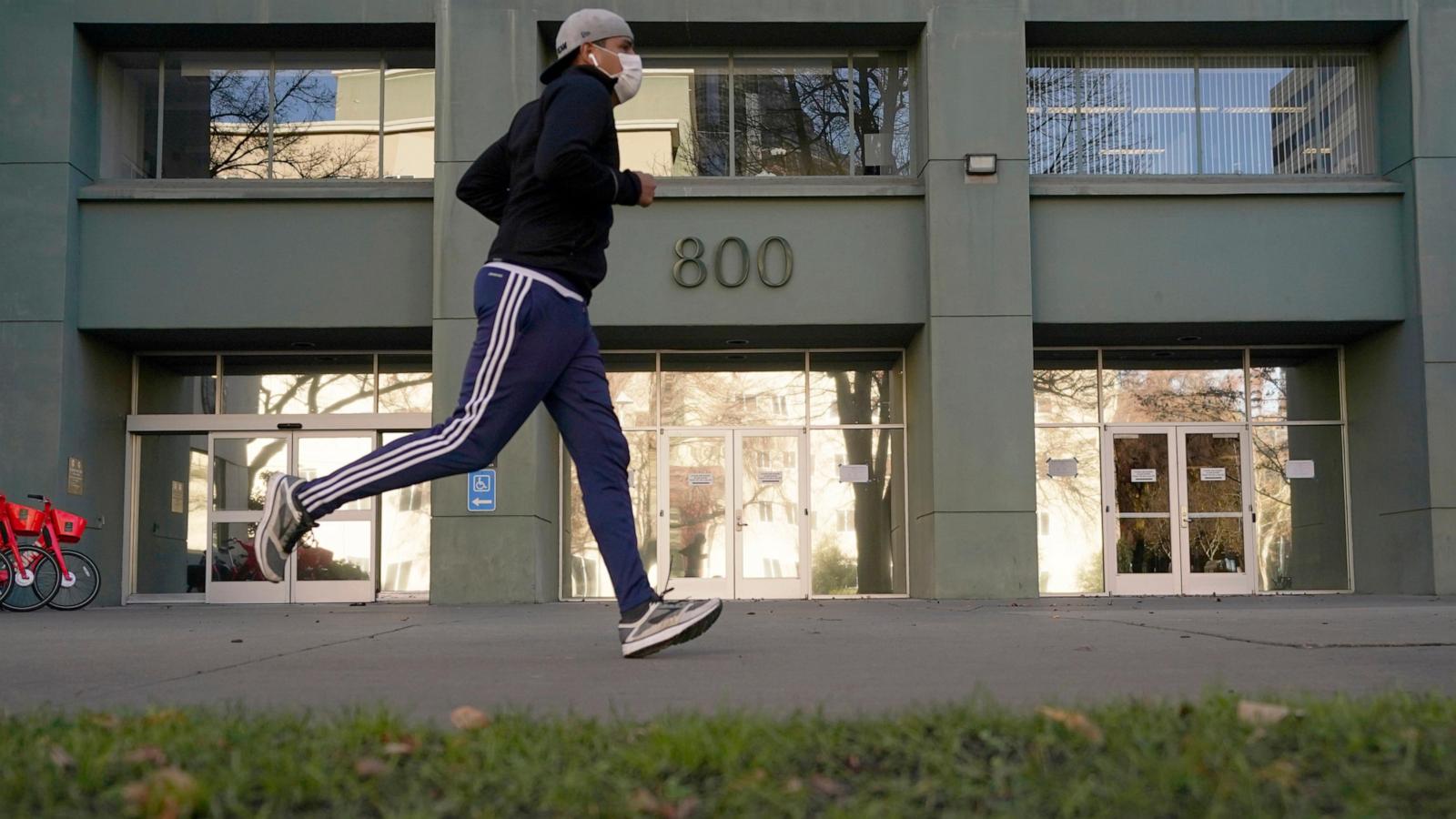Is the US Job Market Showing Cracks? A Deep Dive into Recent Unemployment Claims
The US job market, once a picture of robust growth, is now showing some subtle cracks. While overall employment remains strong, a recent uptick in jobless claims has raised concerns among economists and job seekers alike. Are we on the verge of a recession? Or is this just a temporary blip? Let's dive into the latest data and uncover the truth.
Rising Jobless Claims: A Sign of Trouble?
Last week saw a modest increase in jobless claims, with applications reaching their highest level in more than three years. While this might sound alarming, it's crucial to understand the context. The rise was a relatively small 6,000 to 223,000, slightly above analysts' expectations of 219,000 new claims. However, the total number of Americans collecting unemployment benefits climbed by a more significant 46,000 to 1.9 million, sparking worries about the true state of the labor market.
What Do the Numbers Mean?
The increase in continuing claims, which represents the total number of people receiving unemployment benefits, indicates that some are having more difficulty securing new jobs than before. This suggests that the demand for workers could be cooling, a situation not entirely consistent with a traditionally strong economy.
Comparing to Past Performance
Looking at the four-week average of continuing claims, the number stands about 100,000 higher compared to this time last year. Such a dramatic increase, no matter how we slice it, calls for analysis. Is this a simple deviation or an alarming signal pointing towards a change in the employment landscape?
Still a Strong Job Market: The Counterargument
Despite these concerning statistics, it's important not to jump to conclusions. Job growth in December 2024 actually surged, adding a considerable 256,000 jobs. Unemployment even dipped to 4.1%, still exceptionally low by historical standards. These are positive figures which need careful consideration against the negative statistics reported. Layoffs remain at historically low levels despite increased claims.
Interest Rate Impact
The solid December jobs report demonstrates that even with higher-than-pre-pandemic interest rates, the economy continues to expand at a noteworthy rate. This means a much smaller chance of another borrowing cost cut in the coming months from the Federal Reserve. The strong job growth in the midst of steadily higher interest rates has also encouraged cautious optimism in the future of the labor market.
Post-COVID Economic Landscape
In essence, the overall picture indicates the economy could be transitioning to an interesting post-COVID era defined by a unique blend: Steady economic growth despite historically higher interest rates, low unemployment, and reasonably elevated inflation.
High-Profile Layoffs: A Deeper Dive
While overall numbers might seem positive, numerous large corporations recently announced significant layoffs. Meta, for instance, trimmed its staff by approximately 5%, a move affecting many families, employees and futures. Similarly, Brown-Forman, maker of Jack Daniel’s, made job cuts impacting roughly 12% of their global workforce. Adding to this wave, GM, Boeing, Cargill, and Stellantis all undertook major layoffs towards the close of 2024. Considering these factors, this positive economic story must consider its darker side.
Analyzing the Layoffs
These prominent layoff announcements are a subtle but meaningful indicator which could paint a fuller picture of the potential risks in the coming years. What were the reasons behind these cuts? These high-profile examples signal possible adjustments due to fluctuating market conditions and financial corrections. Considering these large players in their various industries making sweeping job cuts gives a darker turn to the previously optimistic story. While it is true that jobs are plentiful, what are the potential repercussions for this change of pace?
Take Away Points
The current job market presents a mixed bag of signals. While the headline numbers suggest a strong economy with low unemployment and solid job growth, there's undeniable evidence suggesting potential challenges ahead. The recent increase in unemployment benefits, coupled with significant layoffs at prominent companies, warns us that the situation requires constant monitoring. The future of the US job market remains to be seen and further analysis will be required to paint a full picture of its direction and stability, as well as any possible changes of state. It is, however, necessary to stay informed and well aware of any trends. This awareness allows one to not only stay current and in-the-know but also allows proactive job-seeking and strategic career planning




